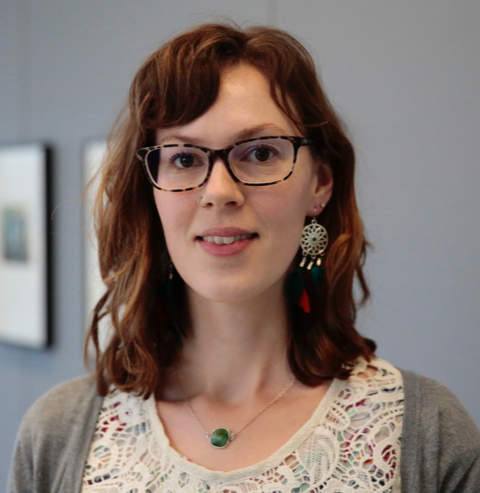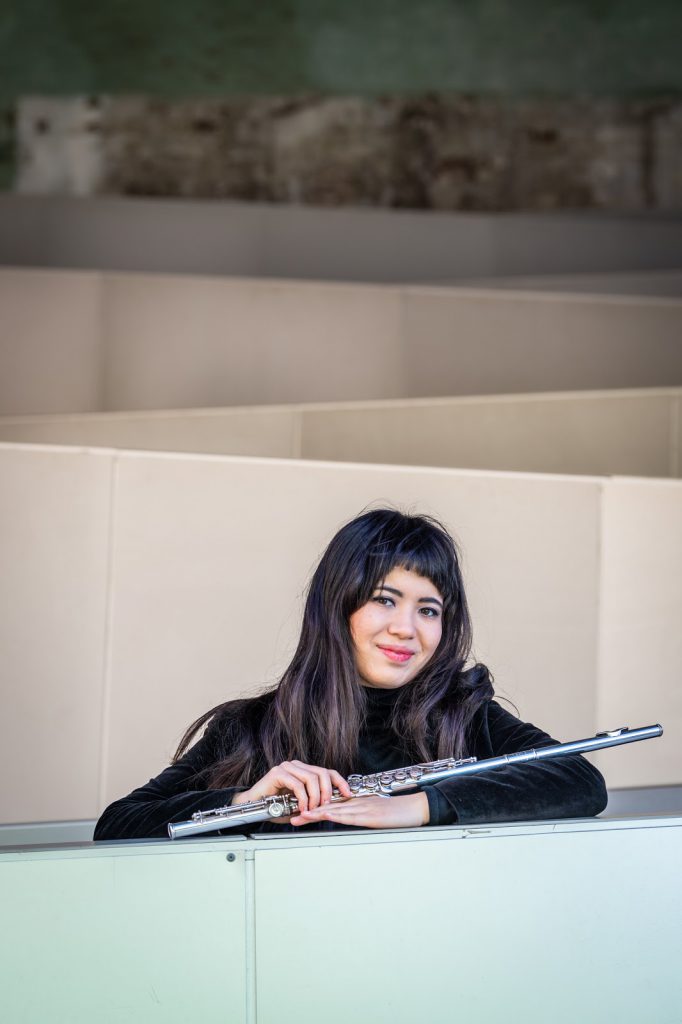In 2030, we have successfully restructured our communities and changed how people think about the concept of community. Our hyperconnected world has brought us a new understanding of our local communities, which we have used to optimise our connections with our global world. The local has become the global, and the global, the local!
Our world is a kaleidoscope of communities. Geography, values, interests bring people together, and each person forms a cell of the larger community. In a turbulent world of communities online and offline, a world of migration mixes with freedom of movement for the privileged few. However, what has this meant for the new type of communities arising in the 21st Century? A changing world requires our understanding of ‚community‘ to change with it. What sort of communities do we want to build and live in, and how valuable is our newfound interconnectivity? How can this enhance our understanding and function of community? It was exactly these questions that a global sortition, or citizen’s council, set out to answer in 2025. Drawn at random by lots from the population, these groups of citizens immersed themselves in the field of community, and through research and cooperation with experts, they addressed the biggest issues they thought we would face as a global community over the next 5 years. The sortition focussed on the problem of access:
Social, geographic and political circumstances define our scope of access. Access includes, but is not limited to: technology, connectivity (phone signal, internet access), education, mobility and transport, basic commodities (clean water, food), sanitation. The citizen’s council framed their question thus: How can we harness the ideology of community to address such inequalities of access?
After a three month learning period and a six week deliberation period, they came to the conclusion that community had to take the global to a local scale and local to a global level.
The global sortition worked on a roadmap for the new digital normal in 2030 and published their findings on an international platform. All across the world, individuals have been implementing their ideas over the last 5 years to reduce inequality of access, and use the key strengths of community building to shape a new global/local, glocal community. Our publication has awarded the Hirschmann prize to individuals who have taken this roadmap to heart and made the new normal a reality, today in 2030. Below, you will find our three laureates:
The sharing of resources: physical and ideological
The roadmap for the new digital normal in 2030 pinpointed the sharing of physical resources as a simple way to reduce inequality of access, and this is exactly what Leila Yildiz, our first finalist from Istanbul, did. A study session with friends developed into an online local-device-hub out of pure convenience, so not everyone had to bring a heavy laptop with them to the session. A chance encounter in a coffee shop led Leila to support a local start-up by sharing her wifi, and the two groups complemented each other by pooling their resources. The start-up shared their practical knowledge of business, which complemented Leila’s economics degree, and she could help them take their website to the world by translating it into English. A truly “glocal” scheme.
Problem solving frameworks and information exchange
Arkansas, The United States. Our second finalist, Adam Whitacker, honed in on the problem-solving aspects of the roadmap and used them to tackle soaring teen pregnancy rates in his State. With his community engagement, and exchange with the Netherlands, a country with a very low teen pregnancy rate, Adam set up one of the first problem-solving wikis to share his newfound strategies and expertise. His resolution has been accessed over 13,000 times, thus allowing community exchange to be shared beyond geographical borders.
Networking and collaboration
Many people have heard of the small world theory, or 6 degrees of separation. LinkedIn works with a similar principle of connection. Our third finalist James Grant from Hull, the United Kingdom, was surprised to discover his hometown was twinned with Freetown, Sierra Leone. After having looked at the roadmap for the new digital normal in 2030 in school, he started an initiative to extend his local network via a common goal and take a local phenomenon to a global level. An avid footballer, he researched Freetown and came across Freetown City FC, Freetown’s biggest football club. Intrigued, he got in contact and arranged a virtual meeting between his local football trainer and the trainer from Freetown FC. The two trainers organised a tactical brainstorm between players and moderated the exchange together. The teams found the extra input invaluable and the cooperation continued, until James applied for a grant with the support of his teachers. He used the money to arrange a physical meet-up in Freetown, where the two clubs met for the first time, face-to-face. James took the local to a global level and found that global interaction enriched both local communities.
Communities start with an individual and it is human nature to build networks upon common visions. Unfortunately in today’s world, different political and social circumstances result in an inequality of access. In order to redress this imbalance, the positive framework of community and human nature can be harnessed using the roadmap for the new digital normal in 2030. As we have seen, communities are starting to move towards a realisation of an interconnected and “glocal” vision. And this was just the pilot phase of 5 years. Harnessing the potential of sortitions and global communities, we can continue to tackle global issues such as that of access. Reviewing the success of our three finalists, it has become clear that community can feed access, and reciprocally access can continue to feed community understanding, function and identity. Our heartfelt congratulations to our three laureates, who have started a journey of community transformation that will take us into the future.
Photo by Rita Vicari on Unsplash





